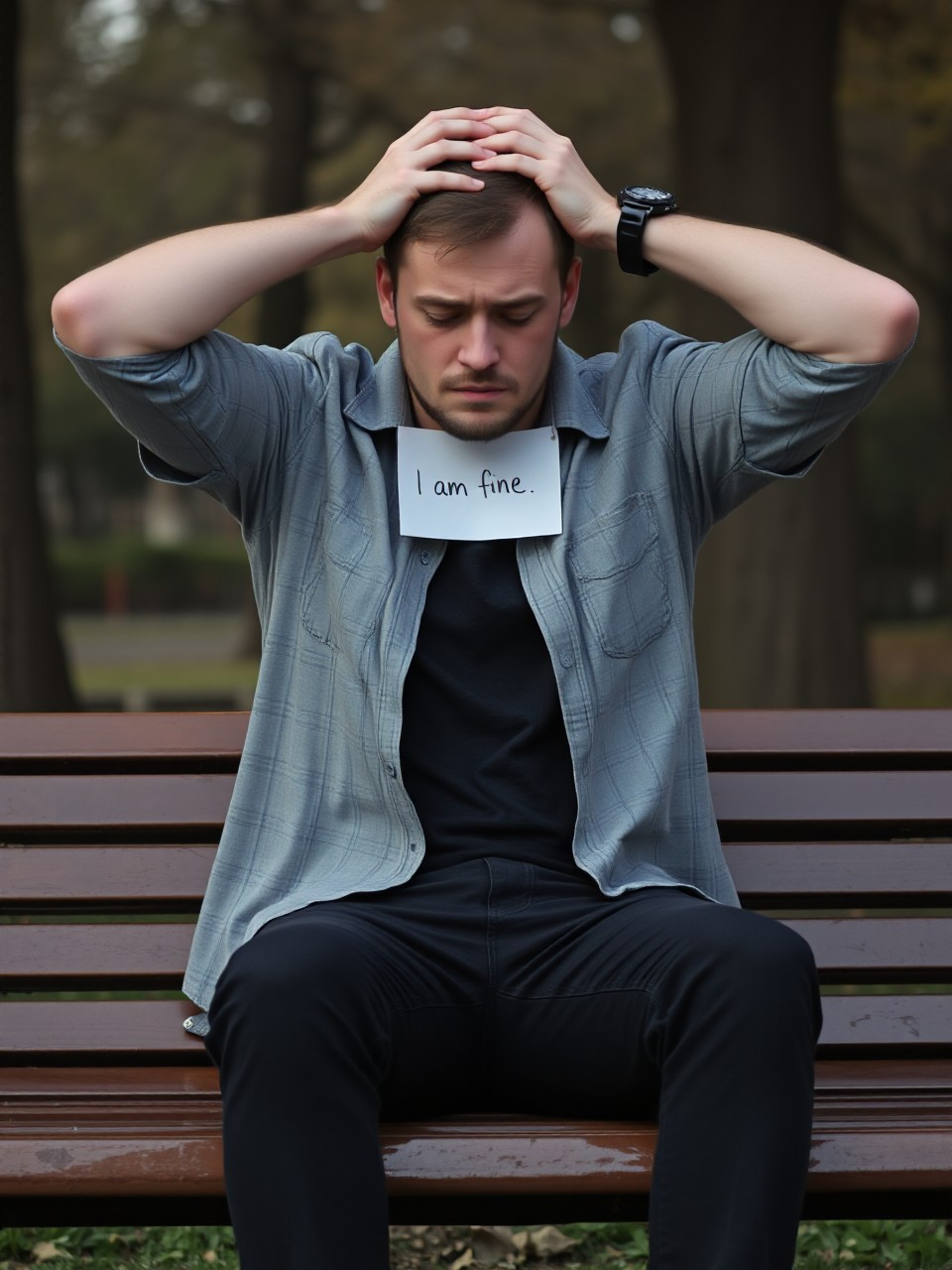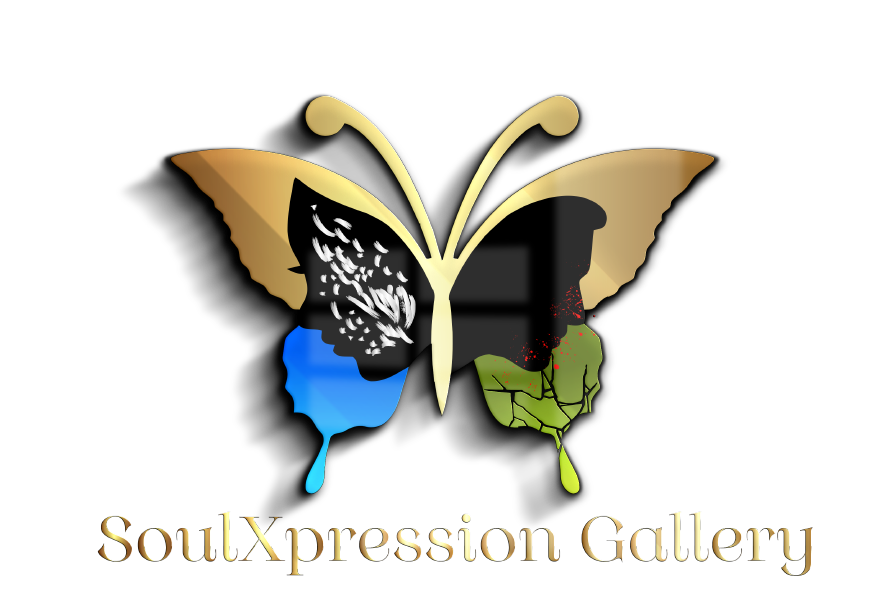When Women Abuse Men
The Hidden Crisis of Female-Perpetrated Violence
When Johnny Depp testified in a Virginia courtroom about enduring years of physical and emotional abuse at the hands of his ex-wife Amber Heard, the world witnessed something unprecedented: a high-profile man publicly detailing systematic violence perpetrated by a woman. Audio recordings played in court captured Heard admitting to hitting Depp and throwing objects at him, while photographs showed injuries allegedly inflicted by her. Yet even with this evidence, public reaction was divided—many struggled to accept that a woman could be the primary aggressor in an intimate relationship.
This reaction reveals a troubling blind spot in our society's understanding of domestic violence and abuse. While we've made tremendous progress in recognizing and addressing male violence against women, we've simultaneously created a narrative so rigid that it leaves no room for acknowledging women as perpetrators of serious abuse against men. The consequences of this blindness are devastating for the millions of men who suffer violence at the hands of women, only to find themselves dismissed, disbelieved, or blamed for their victimization.
The statistics challenge everything we think we know about gender and violence. According to the National Intimate Partner and Sexual Violence Survey (NISVS), women perpetrate physical violence against male partners at rates that approach—and in some studies exceed—male violence against female partners. A comprehensive analysis of 200 studies on domestic violence published in the journal Partner Abuse found that women initiate physical aggression in intimate relationships at least as often as men, and in some demographics, more frequently. Yet men comprise less than 5% of those who seek help from domestic violence services, creating a massive gap between victimization and help-seeking that speaks to the profound stigma surrounding female-perpetrated abuse. This silence isn't just harmful to individual men; it perpetuates a dangerous cycle that prevents us from fully understanding and addressing the complex nature of abuse in all its forms.
The Many Faces of Abuse Against Men

When we think about domestic violence against men, the images that come to mind are often limited and stereotypical. However, the reality of male victimization is far more complex and varied than most people realize. Physical violence represents just one aspect of a much broader spectrum of abusive behaviors that men experience across different settings and relationships.
Physical abuse against men often defies conventional expectations. It doesn't always involve a larger, stronger woman overpowering a smaller man. Instead, it frequently occurs through surprise attacks, the use of weapons, or situations where the victim is vulnerable—such as when sleeping, intoxicated, or distracted.
Women who abuse men employ many of the same tactics as male abusers: physical violence, emotional manipulation, financial control, and threats. However, female perpetrators often have additional weapons at their disposal, including the ability to threaten false accusations of domestic violence or sexual assault, knowing that society is predisposed to believe such claims when made by women.
Dr. Murray Straus, a pioneering researcher in family violence, documented numerous cases where women initiated physical violence using objects like kitchen knives, baseball bats, or boiling water. In many instances, the element of surprise compensates for any physical size difference, making the victim's gender irrelevant to their vulnerability.
Beyond physical violence, emotional and psychological abuse represents perhaps the most pervasive form of violence against men. This type of abuse includes constant criticism designed to undermine self-esteem, threats of false accusations, manipulation of children as weapons, and systematic isolation from friends and family. Male victims frequently report being told they're worthless as partners, failures as fathers, or inadequate as providers. Some face threats that their abuser will fabricate domestic violence charges against them, knowing that such accusations could destroy their careers, relationships, and access to their children.
The case of Olympic swimmer Adam Peaty brought international attention to this issue when he spoke publicly about emotional and psychological abuse he suffered in a previous relationship. Peaty described being systematically isolated from friends and family, having his career achievements minimized, and being subjected to constant criticism designed to undermine his self-worth. His willingness to speak out helped challenge stereotypes about successful, physically strong men being immune to abuse.
Some women even go as far as using suicide threats as weapons of control, knowing that men are socialized to feel responsible for protecting others. The suicide of Robin Williams brought attention to this dynamic, as revelations emerged about the controlling behavior of his wife and the psychological pressure he faced in his final months.
Sexual abuse and coercion by women against men remains one of the most hidden forms of female-perpetrated violence. The case of former NFL player Darren Sharper's accuser, who was later revealed to have been manipulating and extorting multiple athletes, highlighted how female sexual predators operate. Asia Argento, one of the most prominent voices in the #MeToo movement, was later accused of sexually assaulting actor Jimmy Bennett when he was a minor, revealing the complex dynamics of female sexual predation.
The workplace presents another arena where men experience significant abuse and harassment. Sexual harassment of men by female supervisors or colleagues is far more common than most people realize, yet it remains severely underreported due to social stigma and disbelief. Male nurses, teachers, and workers in traditionally female-dominated industries often face unwanted sexual advances, inappropriate comments about their bodies or personal lives, and hostile work environments. The #MeToo movement, while primarily focusing on female victims, has also brought to light numerous cases of sexual abuse against men, particularly in industries like entertainment, sports, and education.
Sexual violence against men represents one of the most stigmatized and underreported forms of abuse. The National Intimate Partner and Sexual Violence Survey found that nearly 25% of men experienced their first sexual victimization before age 10, and 28% between ages 11-17. Adult male victims of sexual assault face unique challenges, including societal assumptions that men always want sexual contact, misconceptions about male physiological responses, and the devastating impact on their sense of masculinity and self-worth.
The Reasons Why Men Stay Silent

Understanding why men remain silent about abuse requires examining the complex web of social, cultural, and institutional factors that discourage male victims from speaking out. From early childhood, boys receive consistent messages about what it means to be masculine in our society. These messages create a framework that makes admitting victimization feel like admitting failure as a man.
The concept of traditional masculinity plays a crucial role in male silence around abuse. Boys learn early that they should be strong, self-reliant, and capable of protecting themselves and others. They're taught that showing vulnerability, fear, or helplessness is unmanly. The phrase "boys don't cry" encapsulates this cultural programming, creating internal barriers that persist well into adulthood. When a man experiences abuse, these deeply ingrained beliefs can make him feel that seeking help would be tantamount to admitting he's not a "real man."
The response to male victims of female abuse often includes victim-blaming that would be recognized as outrageous if directed at female victims. When men come forward, they frequently face skepticism, mockery, or outright disbelief. Comments like "You should be grateful" in cases of sexual assault, or "Why didn't you just leave?" in domestic violence situations, reflect a fundamental misunderstanding of abuse dynamics and victim psychology. These responses teach male victims that speaking out may result in further humiliation rather than support.
The fear of not being believed extends beyond social stigma to practical concerns about legal and professional consequences. Many male victims worry that reporting abuse might backfire, particularly in cases involving intimate partners or colleagues. They fear that their abuser might retaliate with false counter-accusations, knowing that society is more likely to believe a woman's claims of victimization. This fear isn't entirely unfounded—numerous documented cases exist where male victims who reported abuse subsequently faced false accusations of being the actual perpetrator.
Perhaps no case better illustrates society's blind spot regarding female perpetrators than that of Amber Heard herself. Despite audio recordings of her admitting to physical violence and evidence of her abusive behavior, significant portions of the public continued to support her throughout the highly publicized trial. This support persisted even after evidence emerged that she had fabricated photographs, lied under oath, and engaged in systematic psychological manipulation. The reluctance to accept Heard as an abuser, even with overwhelming evidence, demonstrates how deeply embedded our gender biases have become.
The scarcity of resources specifically designed for male victims further reinforces their isolation. While domestic violence shelters and support services for women have expanded significantly over the past four decades, equivalent resources for men remain extremely limited. A 2017 study found that only 8% of domestic violence programs offered services specifically for male victims, and many of those that claimed to serve men actually provided only referral services rather than direct support. This lack of infrastructure sends a clear message to male victims: the system isn't designed with them in mind.
Legal Disparities and Gender Bias
The justice system's handling of cases involving male victims reveals significant bias and structural problems that compound the challenges these men face. Law enforcement officers, prosecutors, and judges have been trained for decades to view domestic violence through a lens that positions men as perpetrators and women as victims. While this training addressed real and serious problems with how female victims were previously treated, it has created new blind spots when men are the ones being victimized.
Police response to domestic violence calls involving male victims often reflects these ingrained assumptions. Officers may be more likely to arrest the man, even when he's the one who called for help, based on policies that require arresting the "primary aggressor"—a determination that often defaults to the larger or stronger person. The Duluth Model, which has influenced domestic violence training across the United States, explicitly frames domestic violence as a pattern of male control over female partners, leaving little conceptual room for understanding female-perpetrated abuse.
Court proceedings present additional challenges for male victims. In family courts, fathers who raise concerns about their children's mothers being abusive often find themselves viewed with suspicion, as if they're fabricating allegations to gain advantage in custody disputes. Research by the American Judges Foundation found that fathers who report maternal abuse are less likely to be believed and more likely to lose custody than mothers making similar allegations against fathers. This disparity has devastating consequences not just for the fathers involved, but potentially for the children they're trying to protect.
Sentencing disparities between male and female perpetrators of violence have been well-documented by criminologists. A comprehensive analysis by the University of Michigan Law School found that women receive sentences that are 63% shorter than men for similar crimes. When controlling for factors like criminal history, offense severity, and other legally relevant variables, this gender gap in sentencing remains statistically significant across virtually all crime categories, including violent offenses.
These disparities aren't limited to criminal courts. In professional settings, women who engage in workplace harassment or abuse often face less severe consequences than their male counterparts. A study published in the Journal of Applied Psychology found that when women supervisors engaged in abusive behavior toward subordinates, they were less likely to face disciplinary action and more likely to receive training or counseling instead of termination compared to male supervisors engaging in similar conduct.
The Mental Health Crisis Among Male Victims
The psychological impact of abuse on male victims is profound and often compounded by their isolation and society's failure to recognize their experiences as legitimate. Research consistently shows that male victims of domestic violence, sexual assault, and other forms of abuse experience rates of depression, anxiety, and post-traumatic stress disorder comparable to female victims. However, their symptoms often go unrecognized or are misinterpreted due to gender-based assumptions about how trauma manifests.
Male victims are significantly more likely to externalize their psychological distress through anger, aggression, or substance abuse rather than the internalizing symptoms like depression or anxiety that are more commonly associated with female victims. This difference in symptom presentation can lead to male victims being viewed as problematic or dangerous rather than as trauma survivors in need of support. Mental health professionals may miss signs of underlying trauma, instead focusing on treating the surface-level behavioral issues.
The suicide rate among male victims of abuse is alarmingly high, reflecting the deadly consequences of their isolation and society's failure to provide adequate support. Men account for approximately 75% of suicide deaths in the United States, and research suggests that experiences of victimization, particularly sexual abuse and domestic violence, significantly increase suicide risk. The combination of trauma, social stigma, and lack of appropriate resources creates a perfect storm that can push vulnerable men toward self-destructive behaviors.
Substance abuse represents another common coping mechanism among male victims. The National Survey on Drug Use and Health found that men with histories of physical or sexual victimization are significantly more likely to develop alcohol and drug dependencies. Unfortunately, when male victims present to healthcare providers with substance abuse problems, their underlying trauma often goes unrecognized and untreated, leading to cycles of relapse and continued victimization.
We Need to Break The Silence and Call for Societal Changes
The crisis of male victimization ultimately reflects broader problems with how our society understands gender, power, and violence. True progress requires moving beyond simplistic narratives that cast men solely as perpetrators and women solely as victims toward more nuanced understandings that recognize the complexity of human relationships and the reality that anyone can experience abuse.
The silence surrounding male victims of abuse represents one of our society's most significant failures of empathy and justice. Every day that we maintain this silence, we abandon countless men to suffer alone, deny children protection from abusive caregivers, and perpetuate systems that fail to address the full scope of violence in our communities.
Breaking this silence requires courage from male victims to share their stories, commitment from institutions to examine their biases and reform their practices, and compassion from all of us to expand our understanding of who deserves protection and support. Only by acknowledging and addressing abuse against all victims can we hope to create a society where violence truly becomes unacceptable, regardless of who perpetrates it or who suffers from it.
Creating meaningful change for male victims requires coordinated efforts across all levels of society.
The journey begins with education and challenging assumptions about gender and violence, particularly through media representation that brings cases like the Depp-Heard trial into public discourse. Healthcare providers need comprehensive training to recognize male victimization without gender bias and understand that trauma manifests differently in men than women.
Law enforcement agencies must move beyond outdated models to embrace nuanced approaches that don't default to gender-based assumptions about perpetrators and victims. Communities desperately need male-specific support services including shelters, counseling, and legal advocacy staffed by professionals who understand men's unique challenges. Research funding must increase dramatically to fill knowledge gaps, as current studies often exclude male victims, creating incomplete prevention strategies.
This transformation doesn't mean diminishing attention to female victims, but rather expanding our understanding to include all survivors. Only by acknowledging abuse against every victim can we create truly effective systems of support and build a society where seeking help is seen as strength, not weakness, for everyone regardless of gender.


